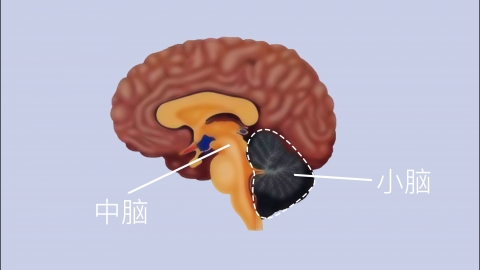What are the main functions of the cerebellum?
Generally speaking, the cerebellum is primarily responsible for maintaining body balance, regulating muscle tone, coordinating voluntary movements, participating in learning and memory, and cognitive functions. The specific functions are as follows:

1. Maintaining body balance
The cerebellum serves as the higher center for body balance. By receiving signals from the inner ear, eyes, and other body parts, it continuously processes this information to maintain stability while standing and walking. When the cerebellum is damaged, body balance function may be impaired, leading to falls during walking.
2. Regulating muscle tone
The cerebellum plays a role in regulating body muscle tone by controlling the neural centers of muscles, allowing them to reach higher neural centers through the cerebellum. Therefore, abnormal muscle tone in the limbs may occur when the cerebellum is damaged.
3. Coordinating voluntary movements
The cerebellum coordinates voluntary body movements, making limb movements more precise. During limb activity, the cerebellum enables smoother and more accurate actions. If the cerebellum is damaged, dysfunction of voluntary movements may occur.
4. Participating in learning and memory
The cerebellum is associated with motor-related learning and memory. By participating in movement coordination, it can influence the learning and memory of motor skills. Through repeated practice, the cerebellum can memorize specific movement patterns and automatically apply them in future activities.
5. Cognitive function
Although the cerebellum's primary function is motor control, it may also be involved in cognitive processes, including attention, learning, and memory. When the cerebellum is affected by disease, cognitive impairments may occur, manifesting as decreased attention, learning ability, and memory.
The proper functioning of these roles is crucial to the health and motor abilities of the human body.




